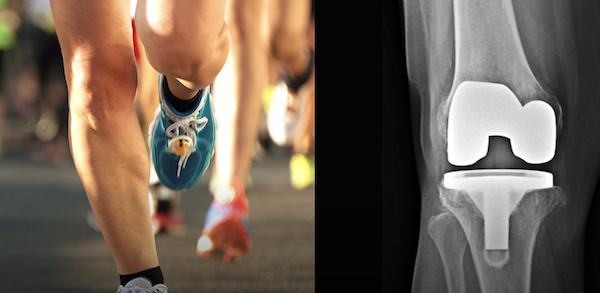Last week, the Wall Street Journal ran an article about the growing number of younger people having joint replacement surgeries. New knees and hips in their 40s. As a Stryker shareholder, this is an important topic.
For patients aged 45 to 64, there was a 211% increase in hip replacements and a 240% increase in knee replacements between 2000 and 2017. There has been a move to more active lifestyles, which wears out your joints faster. People want to stay active, so they opt to get the surgery instead of giving up and retiring to their armchairs, and watching TV.
The surgeries are also less invasive than they used to be, which means much quicker recovery times and less scarring. The metal joints implanted today can last for 30 years, as opposed to older joints that were lucky to make it past a decade.
Another major driver is soaring levels of obesity. Heavier people wear out their joints quicker. Does that mean Stryker is vulnerable to GLP-1 weight-loss drugs? We think that the mix of patients will change. In the long run, Stryker will sell fewer new knees to obese people, but the formerly obese people will start doing more exercise, and need new knees anyway.
As people live longer and joint replacement technology improves, doctors will do more of these surgeries.
